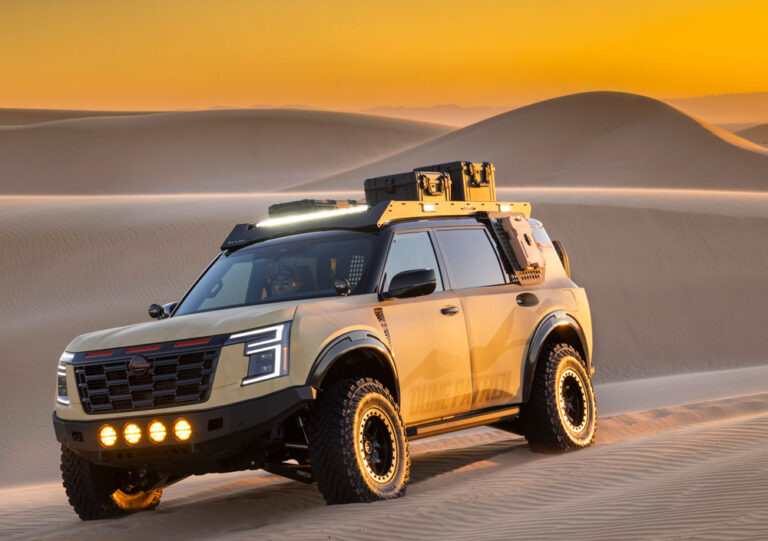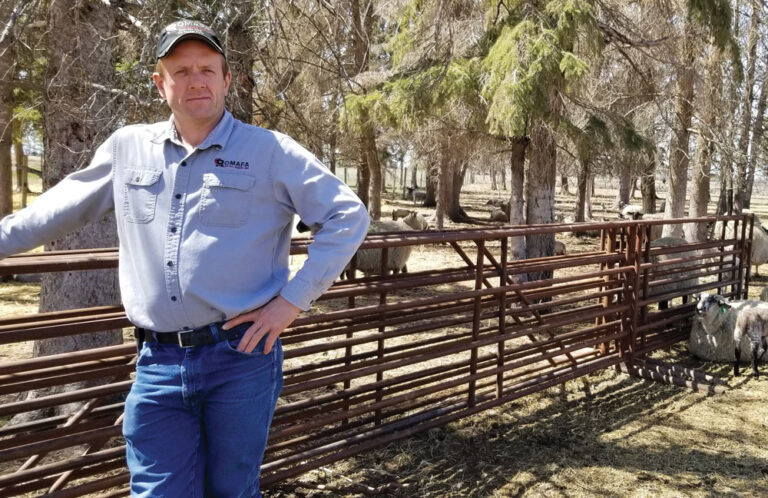The tractor is designed to operate without an onboard operator replaced instead with remote control and autonomous driving

The autonomous tractor Kubota is expecting to release will incorporate many firsts, including hydrogen cells to power independent twin engines for drive and implements
Kubota engineers have brainstormed their autonomous tractor to a level not seen up until now, pretty much taking their version of an unmanned power platform into a realm that incorporates all functions a farm operation will require.
While the Kubota realisation will sit in a medium power segment, it will effectively incorporate any jobbing previously allocated to a tractor for implement work and will also cover as a replacement for any spraying.
The Kubota offering will in fact, take over the power range that is just a little too small for the NEXAT that has already been released for large-scale broadacre operation, proving just one power platform can combine the duties of a tractor, sprayer and harvester. See the NEXAT story here.
Because Kubota has decided that its first release will cater for the medium power range, two electric engines are offering a 74kW (100hp) diesel equivalent output, and it has been able to fuel the enterprise with clean hydrogen cells, made from farm waste.
And with the different format that an autonomous power platform offers, engineers have jumped at the chance to use one motor for drive thrust while the other motor is dedicated to powering whatever implement is attached.
As far as parking in the shed, Kubota’s fuel cell tractor is around the same size as a medium model, measuring 4380mm in length, while its 2200mm wide and just 2290mm high.
And while size appears normal, most will get a shock when they pull the bonnet and only see two large hydrogen tanks where the engine would normally sit, along with two small electric motors on the side.
Equipped with the most advanced sensors and AI cameras the Kubota hydrogen fuel-cell tractor is programmed to self-drive to the paddock by manoeuvring around any obstacles to the paddock, while being remotely monitored from any location.
Kubota engineers ensure the power source for the hydrogen fuel-cell tractor is simple and viable.
The system jumps into action by supplying hydrogen from the tanks to the solid polymer fuel cell module where it reacts with oxygen from the air, producing electrical energy and water.
That’s it, the electrical energy powers the two motors, and the only waste emission that is produced from this process is water.
At the start of the hydrogen fuel-cell tractor release worldwide, and to ensure permission for its use as an autonomous power plant, it is possible Kubota may have to use a remote system it has developed where an operator is placed at a control station using a steering wheel, foot pedal and a large vision wall-mounted screen.
However, as autonomous power plants become more accepted, it is envisaged an operator will run the tractor from a remote laptop or a shoulder harness if they are also required to be in the paddock where the tractor is working.
See the initial launch details on this exclusive video here.















